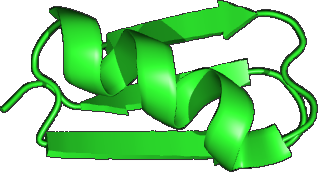 Taxonomic nomenclatures (naming systems)
Taxonomic nomenclatures (naming systems)
See also
Microbial taxonomy
SILVA and Greengenes "taxonomies"
A taxonomic nomenclature is a set of taxon names and a hierarchy which specifies the sub-taxa belonging to each higher taxon. The hierarchy can be represented as a tree.
At least three prokaryotic taxonomy nomenclatures are widely used. LPT and SILVA are based on Bergey's Manual and LSPN , the Greengenes nomenclature is based on the NCBI Taxonomy database , and RDP uses Bergey's Manual.
If a taxon is defined by traits , then all nomenclatures implicitly agree on the traits. In other words, a taxon name such as Salmonella should, and does, mean the same thing in all nomenclatures where it appears. However, if a taxon name is defined as a group of lower taxa, there may be disagreements on which taxa are included due to the difficulty of inferring phylogenetic relationships from sequence .
As an example of a conflict between taxonomy and sequence, Escherichia and Shigella are overlapping genera according to analysis of genome sequences for their type strains, i.e. these genera are polyphyletic . Greengenes resolves this issue by deleting Escherichia and Shigella , leaving their sequences unclassified at ranks below family Enterobacteriaceae . SILVA, RDP and LTP deal with this issue differently by retaining well-established species names such as Escherichia coli and introducing a combined genus named Escherichia-Shigella .
An example of an environmental candidate group is phylum Atribacteria (OP9/JS1) , which has been adopted in the SILVA nomenclature but not by RDP or Greengenes at the time of writing.

